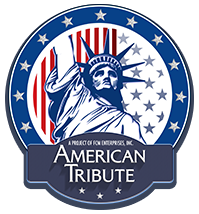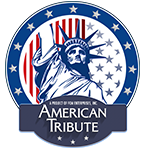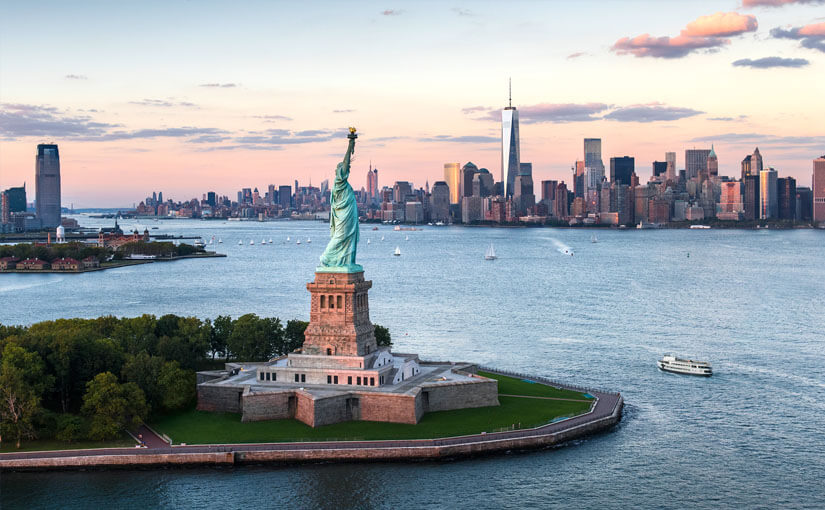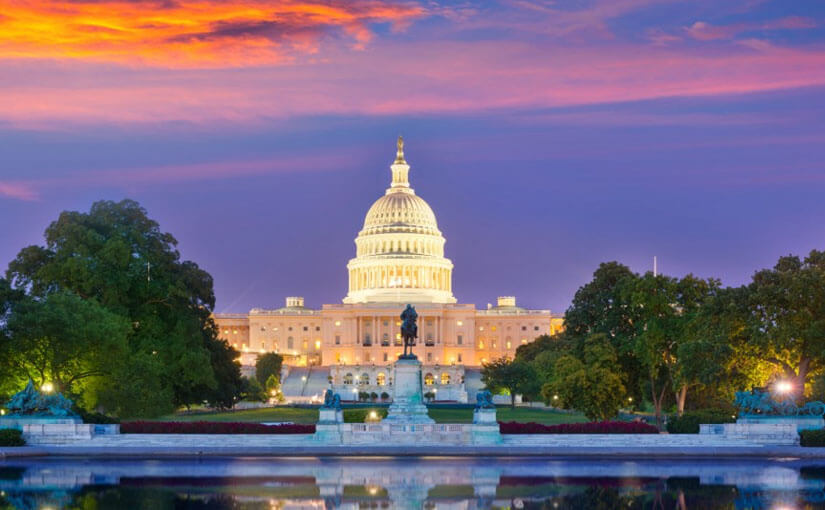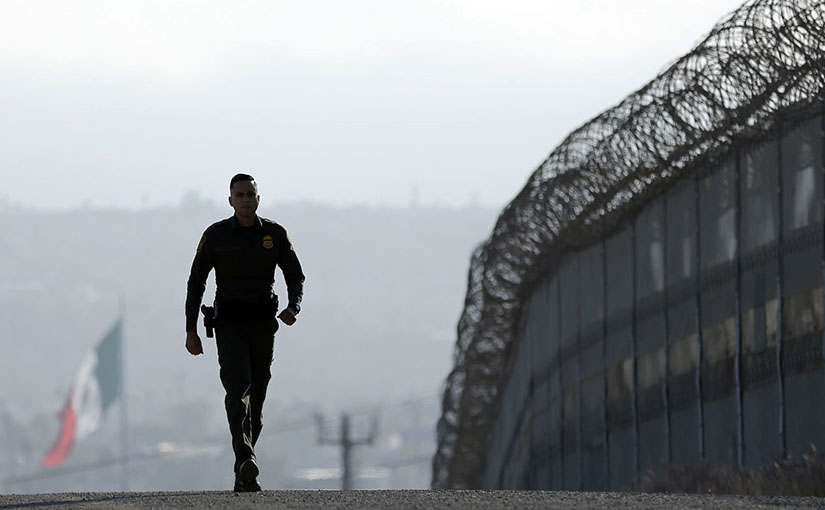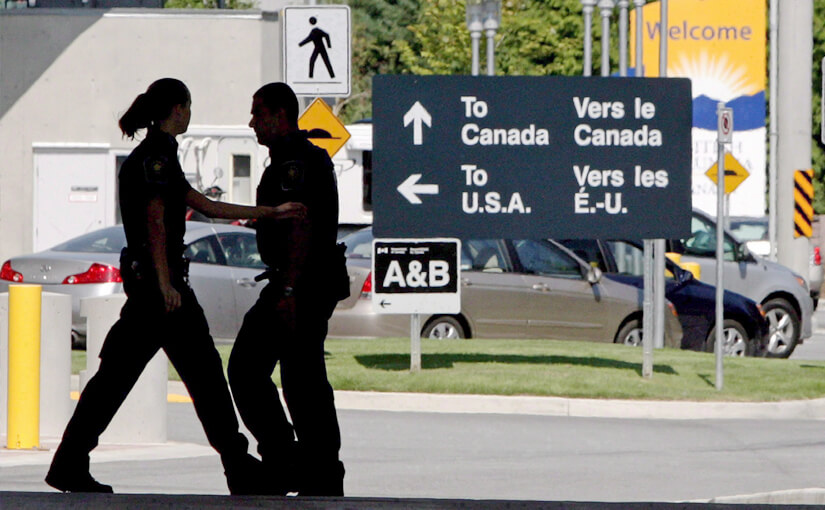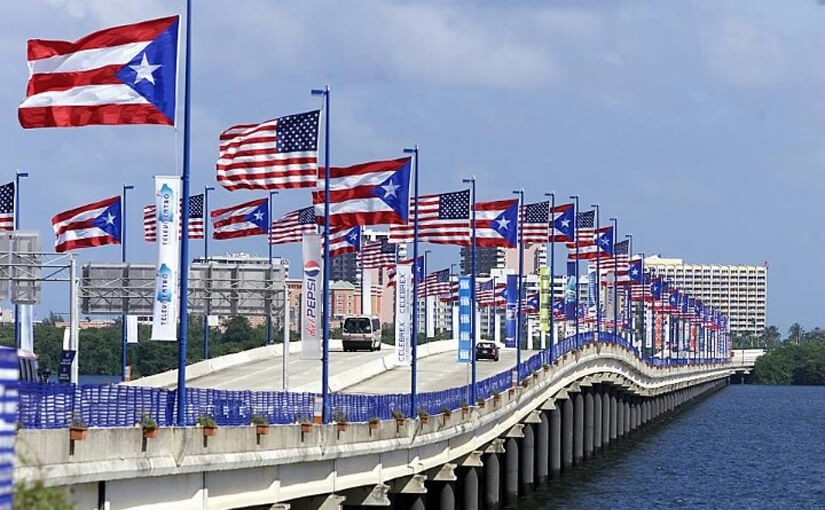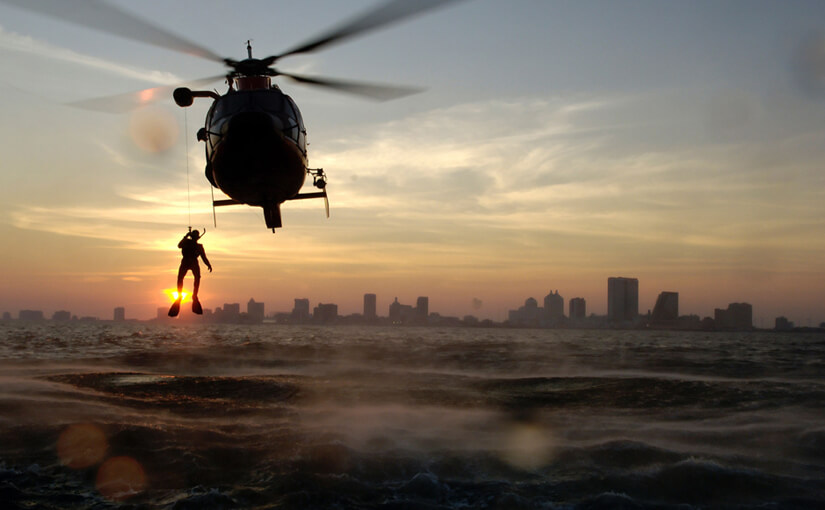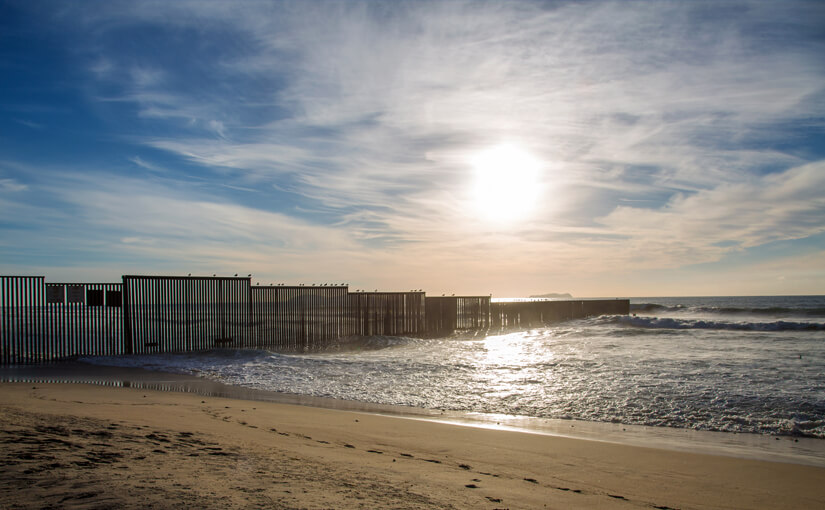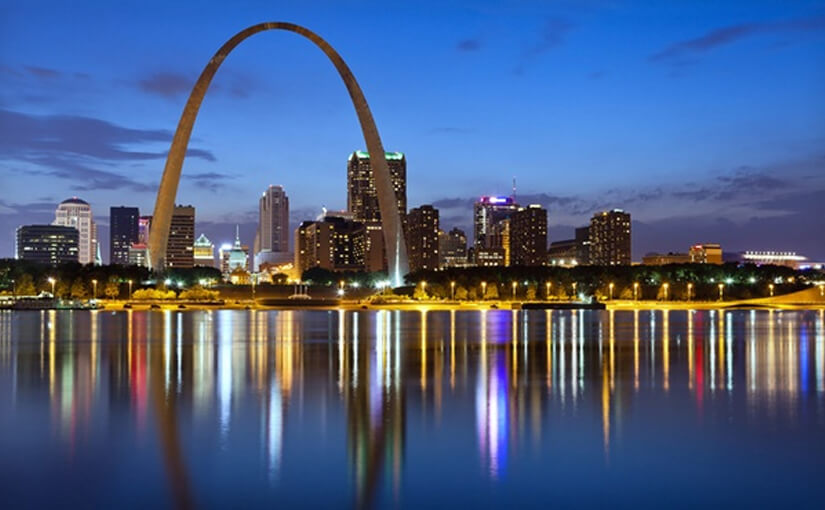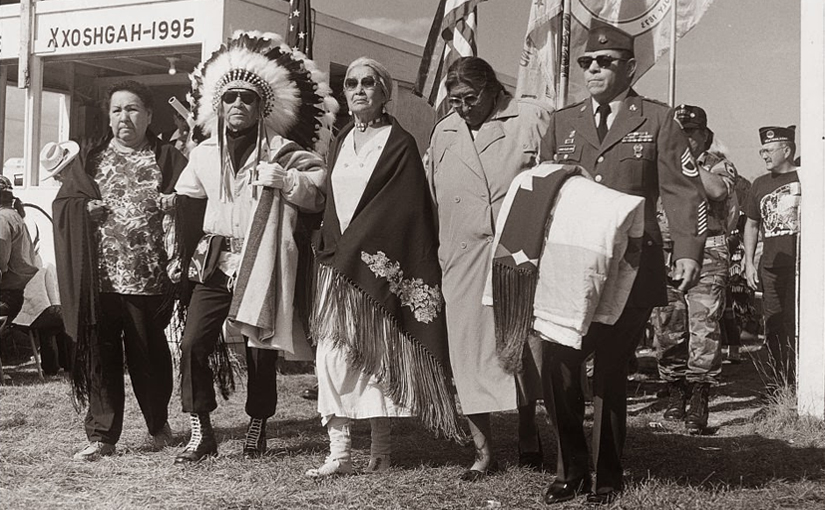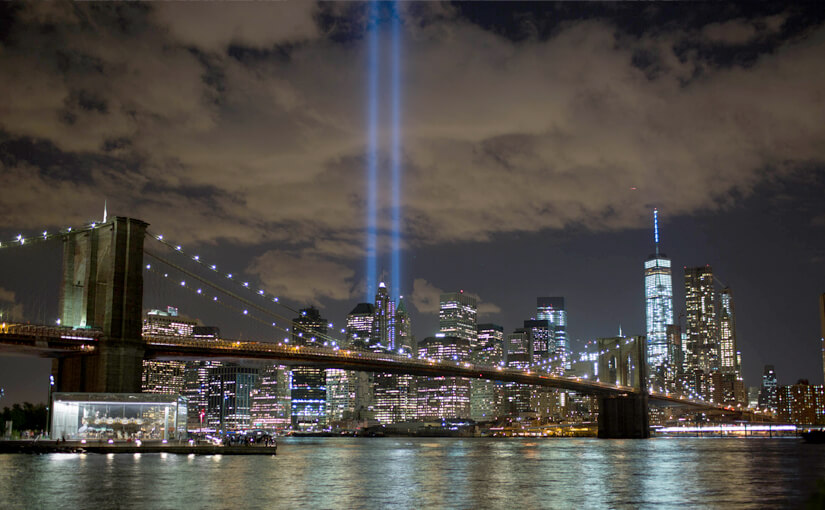- New York (Harbor)
- Liberty Island
[Also acceptable are New Jersey, near New York City, and on the Hudson (River).]
The Statue of Liberty is on Liberty Island, a 12-acre island in the New York harbor. France gave the statue to the United States as a gift of friendship.
French artist Frederic-Auguste Bartholdi made the statue. It shows a woman escaping the chains of tyranny and holding a torch symbolizing liberty.
The Statue of Liberty was dedicated on October 28, 1886, 110 years after the signing of the Declaration of Independence. President Grover Cleveland accepted the gift for the American people.
The Statue of Liberty is a well-known symbol of the United States and of freedom and democracy. The Statue of Liberty became a symbol of immigration because it was located next to Ellis Island, which was the first entry point for many immigrants during the great waves of immigration.
The Statue of Liberty was the first thing new immigrants saw as they approached New York harbor.
** As you prepare for U.S. citizenship, Learn About the United States: Quick Civics Lessons will help you study for the civics and English portions of the naturalization interview. There are 100 civics (history and government) questions on the naturalization test.
During your naturalization interview, you will be asked up to 10 questions from the list of 100 questions. You must answer correctly six (6) of the 10 questions to pass the civics test.
